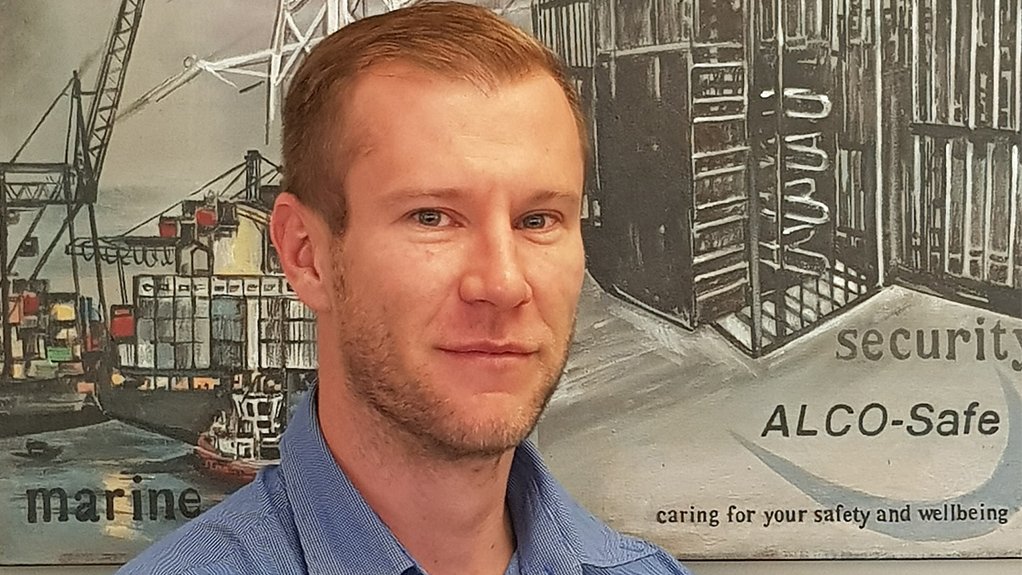Alcohol-testing solutions provider ALCO-Safe will launch its new ALCONTROL Version 2 breathalyser solution at the A-OSH Expo event, which will be held from May 31 to June 2 at the Gallagher Convention Centre in Midrand, Gauteng.
Although ALCO-Safe may not have the required volumes for a full product launch at the time of the event, the company will display and showcase prototypes that create awareness of the solution in the local market, says ALCO-Safe MD Rhys Evans.
“As most of the attendees are specialists for health and safety, our products speak to them. Alcohol and drug abuse are significant problems in South Africa, exacerbated by the Covid-19 pandemic and the strain it’s caused for people and the economy.
The event presents an ideal, low-cost opportunity to showcase the features of the solution.”
The new version of the company’s unmanned breathalyser has been designed for simple installation and set-up.
The solution, which has been equipped with Internet of Things (IoT) capabilities, enables ALCO-Safe to check remotely if a breathalyser device is online, or requires calibration or repairs, and send a replacement module to address any potential issues.
Version 2’s reporting capabilities also allow for monitoring multiple alcohol-testing devices, and for connecting through WiFi, local area networks or Bluetooth, making it an integrated alcohol testing solution, says Evans.
For Version 1 of the solution, ALCO-Safe would use a standard breathalyser unit without any additional capabilities.
Version 2 includes an additional computer module which has a strong processor and learning ability, and can be programmed for a range of different automated capabilities.
Evans stresses that ALCO-Safe’s having developed a range of specialised ALCONTROL Version 1 units enabled the company to attain and incorporate information about in-demand capabilities into ALCONTROL Version 2.
He says Version 2 was developed based on the requirements the company has noted from customers.
“There are multiple types of biometric devices on a single system, and they communicate through various ports. With this advantage, we were able to design and include all these automated capabilities into Version 2, rather than plan for only one or two capabilities and then needing to adapt to adding in more capabilities later. The printed circuit board will be able to communicate with all the breathalyser devices connected to the system.”
Evans emphasises that this is particularly vital in remote areas where WiFi and data coverage is not available.
“There’s a range of different requirements across different companies and industries. Rather than having specialised software and passing those costs onto customers or incurring those costs ourselves, all of these capabilities will be in Version 2.”
Meanwhile, the global microchip shortage proved to be a challenge in the development of the solution as it impacted the use of a particular component involved in the manufacturing of the solution.
This supply shortage required ALCO-Safe to redesign the solution so that the printed circuit board would be able to incorporate multiple chips.
“If we have this challenge going forward in the future, we’ll be able to use the new design, but also the old design if supply normalises. On the printed circuit board, we have space for three different processes so that if we do have stock of one chip, we can use it, and if that becomes unavailable, we can place another chip. “We worked with a great printed circuit board design company that made us aware of the shortage, so it’s something we’ve planned ahead for to mitigate the shortage,” he concludes.
Edited by: Zandile Mavuso
Creamer Media Senior Deputy Editor: Features
EMAIL THIS ARTICLE SAVE THIS ARTICLE
ARTICLE ENQUIRY
To subscribe email subscriptions@creamermedia.co.za or click here
To advertise email advertising@creamermedia.co.za or click here













